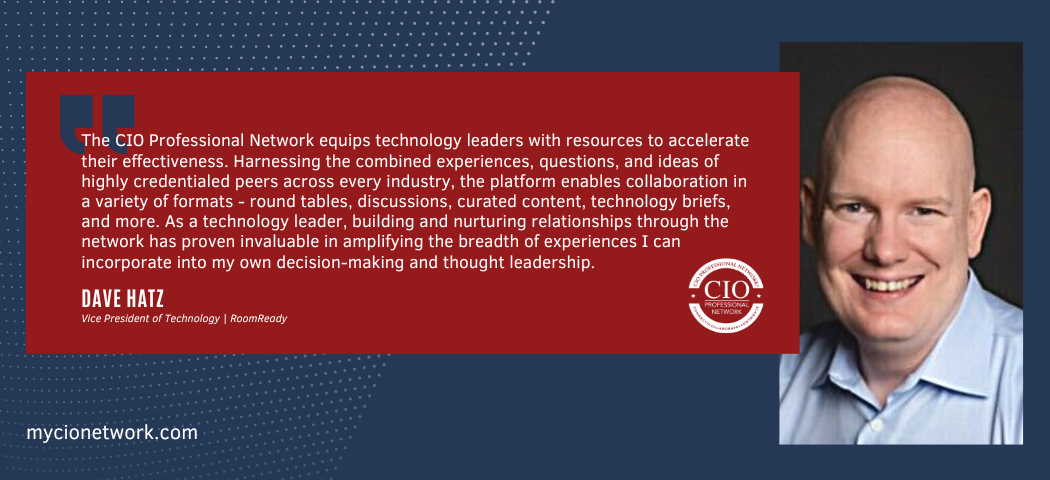CIOs are being tasked with steering cultural change in their respective organizations in order to drive the digital transformation efforts that are necessary to support innovation and implement customer-centric strategies. Gartner predicted that by 2021, CIOs would be as responsible for culture change in their companies as Chief HR Officers. “A lot of CIOs have realized that culture can be an accelerator of digital transformation and that they have the means to reinforce a desired culture through their technology choices,” said Elise Olding, research vice president at Gartner.
A partnership with the CHRO is the perfect way to align technology selections and design processes to shape the desired work behaviors.
Disruptive technologies such as artificial intelligence, machine learning and block chain, as well as a sea change in consumer’s behavior as they use digital platforms to engage with brands, require not just innovations in agile processes and updated digital skills to implement, but also require a significant change in most corporate cultures. With CIOs being the executive responsible for implementing these digital initiatives, in order for them to be successful, massive culture change will need to take place for their organizations to shift towards a digital-first positioning that can execute on those initiatives.
For CIOs, taking the lead as a culture change agent is crucial to meeting their goals and ensuring career success. It seems CIOs agree, as Gartner research found that 46 percent of CIOs report culture as the biggest barrier to change. Regardless of industry or segment, digital transformation is coming and CIOs need to be prepared. Jamie Adams, Former CIO of Mspark told us that while “some industries may not seem compatible with digital transformation initiatives, there is always room for innovation from the best CIOs.”
While the mission of culture change is typically in the area of HR, the partnership between IT and HR in leading cultural change is critical for the execution and success of digital initiatives. Beyond the HR culture partnership, CIOs will also need to develop an enterprise architecture that can adapt to principals that align to the needed cultural traits. In addition to a culture-aligned architecture, CIOs should task their business analysts (BAs) to develop workflows and process with the intended cultural traits in mind.
John Trainor, formerly CIO of Aaron’s said, “What I think will be different is, as we introduce more digital capabilities and work very hard to simplify our processes, that we are going to push the change management boundaries of our technology organization and the business as a whole. Over the next few years, there is going to be a radical difference within our enterprise and there will be many steps in that transformation. In this journey, I know that we are going to provide the easiest, most affordable set of products for our customers.”

Culture Change Requires Broad Management Buy in
CIOs should exercise patience as cultural change is an ongoing process, not a project with a deadline, and there will be resistance and barriers in all shapes and forms to it throughout organizations. Senior managers across the entire enterprise need to be fully bought into the goal of change and embrace it, as they will be tasked with making some tough decisions as their respective departments make the shift. For example, you may have some successful employees that were part of the old way of doing business and thrived there, but in a digital world, may be resistant to the changes needed to reposition their organizations. This may require some difficult decisions from senior management.
“Obtaining buy-in from colleagues and leadership is sometimes a roadblock to innovation,” Michael Ricci, CIO at Massachusetts Eye and Ear says, “The CIO must clearly communicate and obtain buy-in so that innovation can occur.”
Regardless of industry, constant change for any organization can wear on its employees and adversely affect employee engagement. CIOs should keep an eye on change fatigue across their groups, as this will be a top issue to mitigate in their role as change agents over the next couple years.
Cultural Change First, Digital Initiatives After
Digital initiatives are driving the most significant change within the culture of organizations today. New technology innovations disrupt traditional business models, and as they are rolled out, it is pushing CIOs into the role of culture change agent. Gartner found that by 2021, 80 percent of mid to large enterprises would change their culture in a way to accelerate their digital transformation strategy. And 67 percent of organizations have already completed some culture change initiatives or are in the process of doing so, because companies have correctly identified culture as a barrier to innovation. “In 50 percent of cases, transformational initiatives are clear failures and CIOs report that the main barrier is culture,” said Christie Struckman, research vice president at Gartner. “The logical conclusion is that CIOs should start with culture change when they embark on digital transformation, not wait to address it later.”

Culture Hacking is a First Step
Changing an organizations culture is a multi-year, multi-step process that will have ebbs and flows as a new culture begin to permeate the organizations walls. CIOs want to avoid trying to boil the ocean for massive cultural change, and adapt less aggressive strategies like culture hacks to start introducing new processes and ideas into a company. Culture hacking allows companies to make small incremental changes that can resonate across an organization. These can take the form of small workgroups that integrate employee from different disciplines to take on targeted digital initiatives, or limiting traditional meetings that do not align towards digital-first strategies. Another forward-looking idea is to have any digital decision made in a 48 hour window.
A great way to jump-start culture change and enable adoption of new technologies and processes is the culture hack. Start with a small, motivated user group and use it to showcase fast wins and results
Cultural hacks are quick, agile things leaders can do to try and shift culture more quickly and support broader change initiatives. Hacks should be deployed within the larger initiative and be reinforced by strong supportive leadership. These hacks can help shift the company’s beliefs and mindset towards more desired behavioral change and helping to foster digital transformation into a more agile positioning. “Most organizations approach culture by trying to boil the ocean.” Jessy Sussin, Managing Vice-President at Gartner says, “Find vulnerable points in your culture and turn them into real change that sticks. Hacking is about doing smaller actions that usually get overlooked.”
Conclusion
CIOs need to seriously think about taking the lead on digital transformation efforts in their organizations, since it will be required prior to implanting digital initiatives that can support customer-centricity and innovation. But before either of those efforts can move forward, most companies will need to change their cultures significantly to even be able to execute on digital initiatives, which includes getting the whole organization trained in digital skills and adapted to digital processes.
In addition to leading innovation and technology implementation and operations, CIOs should work with HR and take the lead as culture change agent in order for their digital efforts to be successful. CIOs can further support the mission as change agent by updating enterprise architecture and processes to reflect the principals that align to the required cultural traits.
Finally, CIOs want to continue to build relationships and gain buy-in across senior management to ensure enterprise-wide support for broader digital transformation efforts and individual digital initiatives. These efforts will touch on every piece of an organization, so getting buy-in early on will improve the prospect of success for the transformation.










